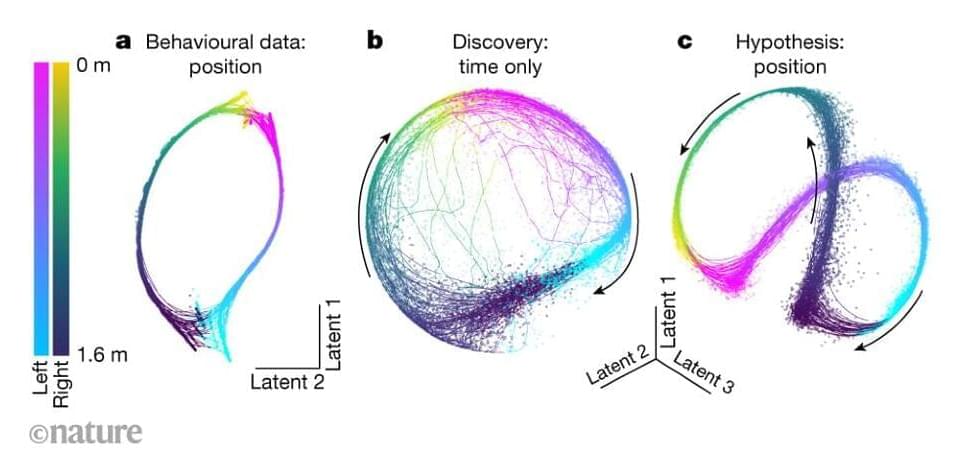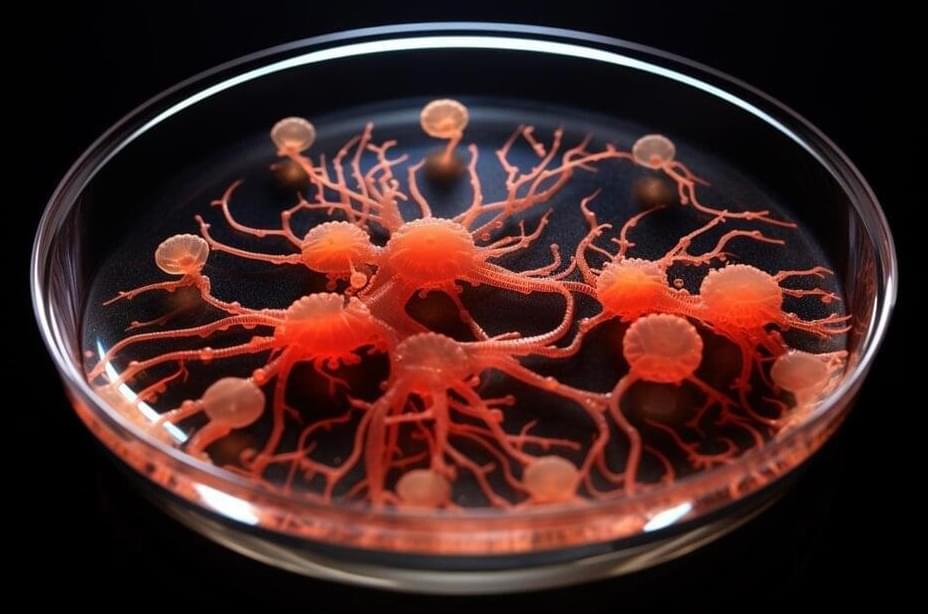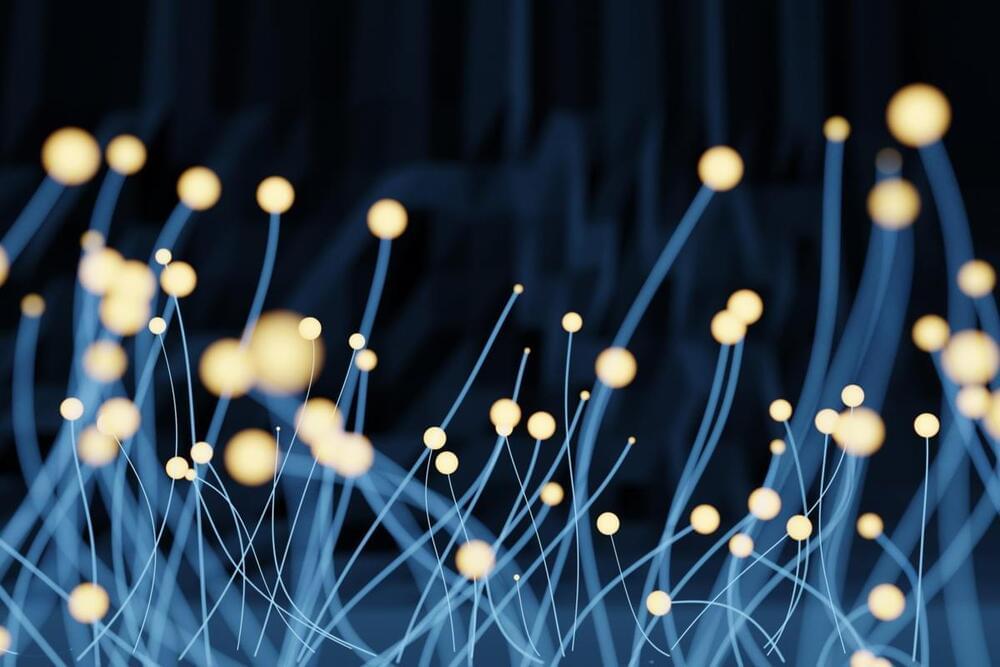Scientists have been dreaming about nuclear fusion for decades. Microsoft thinks the technology is nearly ready to plug into the grid.
Microsoft just signed a jaw-dropping agreement to purchase electricity from a nuclear fusion generator. Nuclear fusion, often called the Holy Grail of energy, is a potentially limitless source of clean energy that scientists have been chasing for the better part of a century.
A company called Helion Energy thinks it can deliver that Holy Grail to Microsoft by 2028. It announced a power purchase agreement with Microsoft this morning that would see it plug in the world’s first commercial fusion generator to a power grid in Washington.
“I would say it’s the most audacious thing I’ve ever heard.”







